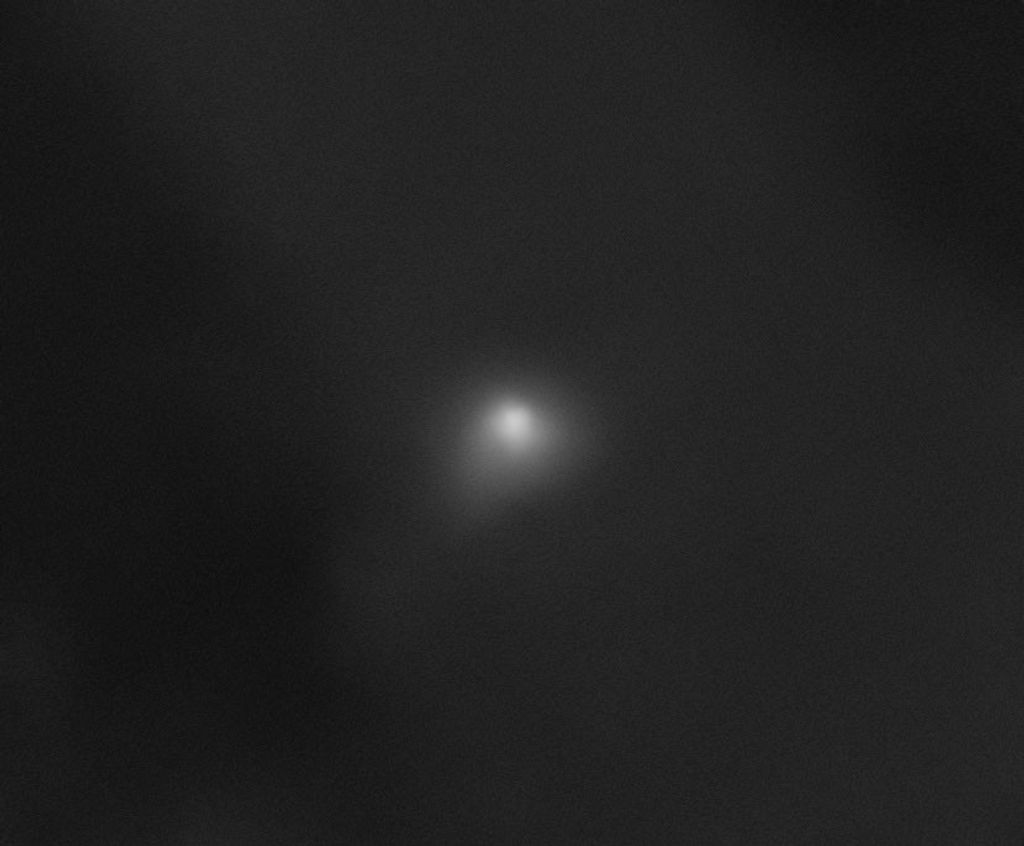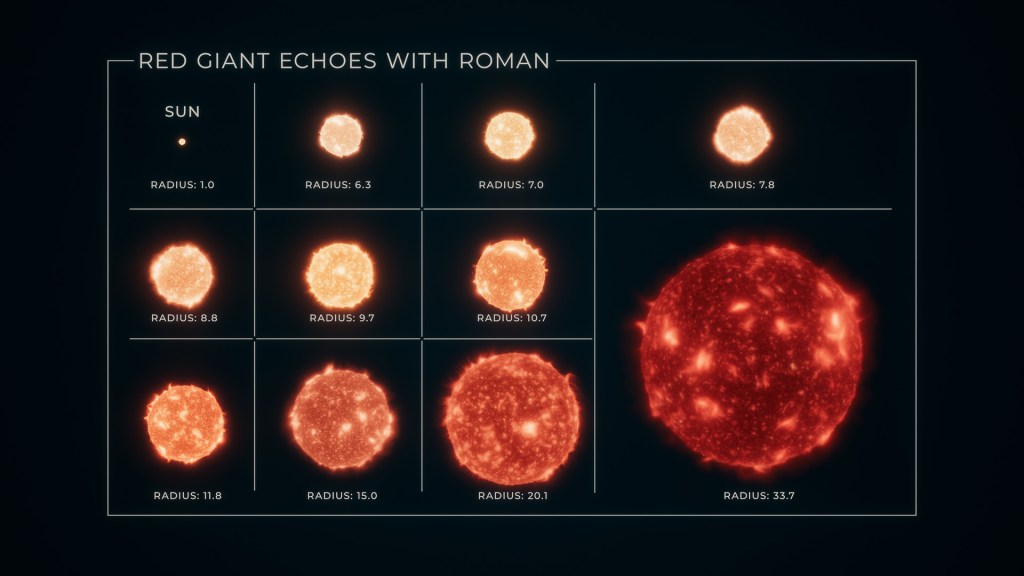As a kid, Kurt Swieringa daydreamed about soaring above the clouds.
“Ever since I was maybe 10 years old I really wanted to become a pilot,” he said. “That was my goal in life.”
Goals and perspectives can change, though.
Instead of becoming a pilot in his adult life, Swieringa emerged as an expert in how aircraft communicate, navigate and coordinate. A 30-year-old engineer at NASA’s Langley Research Center, in Hampton, Virginia, Swieringa played a hands-on role in improving technologies intended to boost the efficiency, timeliness and volume of air traffic moving through the nation’s airports.
While that work might not be as thrilling as tearing across the sky at 500 mph, it has earned him respect and recognition. For his contributions to NASA’s ATM-1 — or Airspace Technology Demonstration-1 — project, Swieringa was named Young Engineer of the Year by the Peninsula Engineers Council in 2017.
“Kurt has established himself as a nationally recognized expert in a new air traffic management technology called Interval Management,” read an announcement from the council. He accepted the award at a banquet in Hampton, Virginia.
“I was really surprised and really honored,” Swieringa said. “It’s the biggest award I’ve won, by far.”
For reasons both personal and professional, 2017 turned out to be a banner year for this young researcher.
Balancing Act
At NASA Langley, Swieringa has been served well by his ability to envision big concepts without losing his grasp on the smallest of details.
I like seeing that we’re moving forward toward solving a big problem, that we’re doing work that will be impactful and will have benefit. But at the same time, to get there, you have to pay attention to the nuts and bolts. You need to know at a very low level how things integrate together in order to make good design decisions.

Kurt swieringa
NASA Astronaut
“But by personality, I’m more of a big picture person.”
Back in February, Langley researchers and their partners in ATM-1 conducted a set of flight tests in the skies over Washington state. They tested new cockpit software designed to safely increase the frequency of aircraft landings on runways at busy airports. Called Flight deck Interval Management, or FIM, the tool matches NASA-developed algorithms with off-the-shelf hardware and a commercial aircraft’s onboard information and navigation systems to precisely manage the time, or interval, between each airplane’s landing.
The goal is to help airplanes spend less time in the air, save money on fuel and cut engine emissions while also improving schedule accuracy and helping passengers arrive on time.
The tests — a cooperative effort among Langley, NASA’s Ames Research Center, Boeing, Honeywell and United Airlines — were described as a success.
“I tried to make myself the FIM equipment guru, the person who knew how everything works and how everything fits together, our management system, the algorithms behind it, the algorithms behind the system that Ames developed,” Swieringa said.
Conclusions from the research have been shared with the Federal Aviation Administration. The FAA is taking prototype technologies created and tested through Airspace Technology Demonstration-1 and exploring how to blend and expand them with other improvements.
New Ambition
As a kid growing up in Grand Rapids, Michigan, Swieringa wouldn’t have guessed he would one day work at the frontier of aeronautics technology.
But an early realization set him on that course.
“By around high school, I realized that a lot of pilots today are more monitoring systems than they are actually flying the aircraft,” he said. “By freshman year, I knew I wanted to do aerospace engineering.”
He earned that engineering degree at the University of Michigan then applied to graduate schools and, in the end, chose Georgia Tech.
Through a distance learning program, he earned his master’s degree while working at Langley. Just as he completed his coursework, a permanent job came open at the center and he was hired.
Clearly, he had impressed some of his coworkers.
“He’s really a fine young man, he really is,” said Jennifer Kibler, a NASA Langley researcher who served on Swieringa’s master’s thesis committee. “He’s very kind and has initiative and an excellent work ethic,” she said. “I watched him grow through his graduate work, make a niche for himself and become quite a good researcher.”
His kindness and integrity are what strike her most. “When I think of Kurt, I think of him first as a nice person and secondarily as a high flyer as far as his engineering skills go.”
Looking Ahead
Interval management work was Swieringa’s main focus from when he arrived at NASA Langley in August of 2010 through much of this year.
Once NASA wrapped up ATD-1 in October, Swieringa found himself plowing straight into a new challenge: helping unmanned aircraft systems — or drones — be put to work more widely in the national air space.
He’s technical integration manager of what’s called Systems Integration and Operationalization or SIO. Nested under NASA’s larger Unmanned Aircraft Systems Integration in the National Airspace System effort, it’s a project with a complicated name and a straightforward goal: Working with the private sector to safely expand use of pilotless aircraft in American skies.
Through SIO, NASA hopes to form a partnership with a private company that will result in a demonstration of new technologies — including detect and avoid systems — aboard unmanned aircraft.
“There are a lot of differences from what I was doing before,” Swieringa said. “So, it’s been a fun, challenging transition. This project is kind of full steam ahead right now.”
Eventful Autumn
Any thoughts that the conclusion of ATD-1 would give Swieringa a chance to rest and catch his breath were quickly dispelled.
Work on SIO is moving rapidly and involves coordination across NASA’s four aeronautics centers. And, on the personal side, Swieringa’s life entered a new phase this fall when he and his wife, Kelsey, became parents for the first time. Aria Elaine was born in October.
“She’s a cutie,” the proud father said.
Fatherhood touched off feelings Swieringa didn’t expect.
“I’m an engineer, pragmatic, not the most emotional person,” he said. When people told him that becoming a parent would be the greatest thing he’d ever experience, he was skeptical.
“But it was incredible,” Swieringa said. “It really kind of took me by surprise.”




































